A pilgrimage is understood to be a journey with a purpose—the purpose being to honor God.
Pilgrimages have been part of the Judeo-Christian tradition since the temple was built in Jerusalem about 957 years before Christ. While the temple stood, all Jewish men were obliged to present themselves at the temple for each of the three major harvest feasts as God ordained in Deuteronomy 16:16-18. To this day these feasts are called Pilgrimage Festivals.
It is likely that Joseph and Mary would have planned to stop and fulfil their obligation at the temple before they continued the short distance to Bethlehem, to be counted in the census decreed by Caesar Augustus. The journey from Nazareth may have taken about three or four days. They would have stayed at inns, also known as caravansaries that were located every twenty or so miles along the way. They may have had difficulty finding places to stay each night since all of Israel was expected to converge upon Jerusalem for the seven day long Feast of Unleavened Bread and Passover. Thousands of families would have thronged the roads and shelters.
Mary and Joseph would have ascended the Temple Mount singing the pilgrimage songs of ascents found in the book of Psalms, chapters 120-134. They would have observed the wave sheath offering performed on the 16th day of Nissan, or the first Sunday of the festival week. Barley was the first crop to ripen in the spring and a sheaf of green barley was waved by the priest—north, south, east and west, dedicating the first fruits to God. Only after the wave offering was performed could the harvested grain begin to be used.
An unblemished male lamb was first sacrificed as a burnt offering to the Lord, along with minchah—unleavened bread mixed with wine, thus prefiguring the Savior’s sacrifice, and the sacrament instituted by Christ that we might remember Him.
At the temple, every family large enough to completely consume a young lamb or wild goat was required to offer one for sacrifice on the afternoon of the 14th day of Nisan, and to eat it that night. If the family were too small to finish eating the entire offering in one sitting, an offering was made for a group of families. The offering had to be made before a quorum of 30. The Levites sang Hallel while the priests performed the sacrificial service. Psalms 113 – 118 were recited at the three pilgrimage feasts.
Psalm 136 was generally known as the great Hallel. It is a Psalm of thanksgiving, beginning and ending with the same phrase: “Oh give thanks to the Lord, for He is good; for His mercy endureth forever.”
After seven days of prescribed feasting and Passover rituals, the pilgrimage was complete.
When Mary and Joseph made their temple pilgrimage, they were obedient to the Biblical injunction in Psalms 105:4 to, “…seek the face of the Lord evermore.” This was taken to mean temple attendance.
Doctrine and Covenants 101, verse 38, reiterates this injunction: “And seek the face of the Lord always, that in patience ye may possess your souls, and ye shall have eternal life.” Our latter-day pilgrimages to His holy temple allow us the sacred privilege of seeking and honoring our Savior and Redeemer, Jesus Christ.
Bethlehem was known as the City of David, for King David who was born there nearly a millennium before Christ. In Bethlehem, at present, the Church of the Nativity is built over a limestone cave, the traditional site of the Savior’s birth. Thousands of Christians every year make their pilgrimage to this spot, where occurred the most sacred birth in human history. Here, it is thought, the Christ child, rightful heir to King David’s throne, and the long awaited Messiah, began his earthly life in a humble stable, because there was no room in the inn.
The Pilgrimage of the Wise Men of the East
Of the four evangelists, only Mathew records another pilgrimage, that of the wise men who came first to Jerusalem to inquire of King Herod the whereabouts of the new-born king and then to Bethlehem in search of the holy infant.
The Magi, coming from the east, would have in all probability traveled along the Silk Road, a portion of which was the even more ancient Royal Road. The silk routes were valid for a thousand years, from about 500 B.C. until the fifth century after Christ, and were dotted with about a thousand caravansaries, conveniently spaced at 20 to 30 mile intervals. These inns provided safety and rest.
Matthew’s account describes the arrival of the three wise men after their pilgrimage. “When they saw the young child and Mary, his mother, they fell down and worshiped him. And when they had opened their treasures, they presented Him gifts: gold, frankincense and myrrh.” The precious spices may have been worth more than the gold. Frankincense, historically, was one of the most valuable substances in the world. It was in great demand for a variety of uses, but primarily for incense. It was a component of the consecrated incense burned in the Jerusalem temple as a symbol of the divine name, and of prayer.
Frankincense is derived from the gummy sap that oozes out of the Boswellia Sacra tree when the bark is cut. Similarly, myrrh is derived from the Commiphora tree. Anciently, tons of frankincense were shipped out of Oman on the Arabian Sea and transported through the straits of Hormuz, ending in Babylon where the spice routes merged with the Silk Road. The frankincense trade was as important in its time as the production of Middle Eastern oil is in our day. The use of camels as pack animals originated with the frankincense trade and assuredly the Wise Men would have used them to transport their treasures to Bethlehem.
The Biblical account does not specify how many wise men made the pilgrimage, but since three gifts are mentioned, it is assumed there were at least three. The LDS Bible dictionary suggests that these learned men were prophets sent on a divine errand “to behold the Son of God, and who returned to their people to bear witness that the King Immanuel had indeed been born in the flesh.” From that viewpoint, we might conclude that their witness of Christ to their people was the most important function of their pilgrimage, and the most important gift of all.
Our witness of Christ, given to the modern world, is the most important gift we can give to Him, together with the gift of service to the Lord’s children.
May we be enthusiastic witnesses of Christ and diligent servants of His children.
Kathleen Halverson Hadfield, of Amelia, Courthouse Virginia, is currently serving with her husband, Dr. M. Gary Hadfield,in the France Lyon Mission, The Church of Jesus Christ of Latter-day Saints. Her interests include art, archeology, genealogy, historic preservation and hospitality (www.winterhamplantation.com). Kathleen and Gary have 4 children and 21 grandchildren.
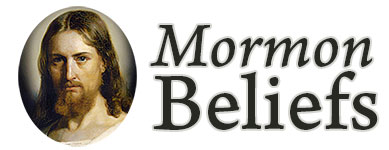
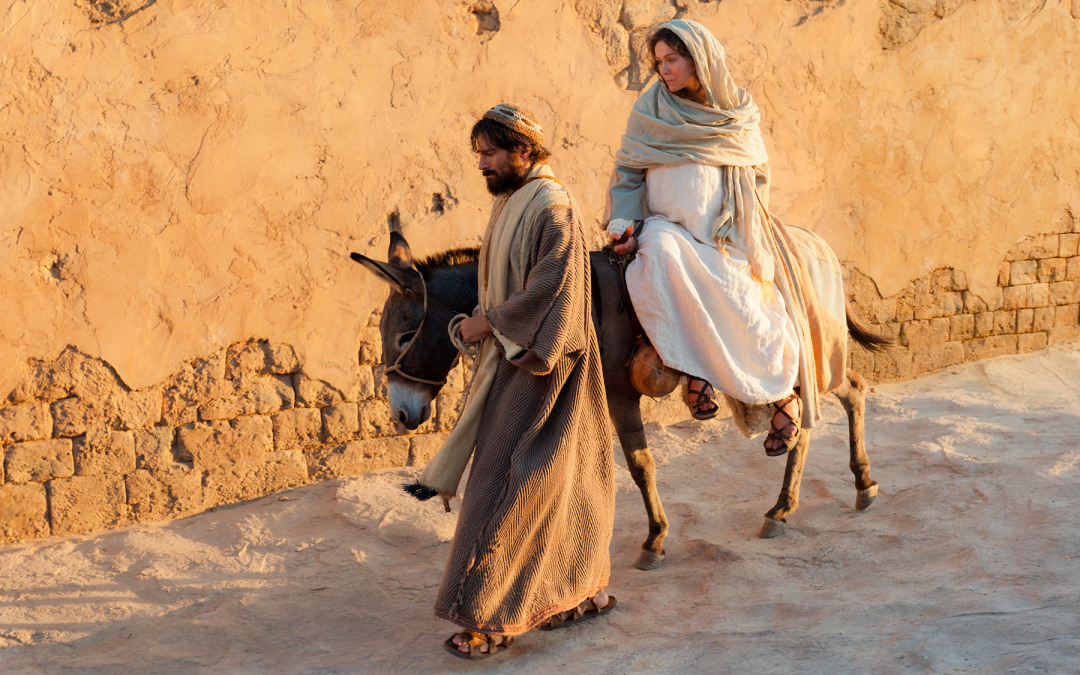
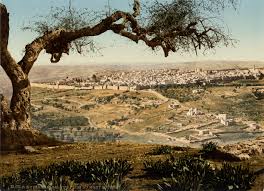
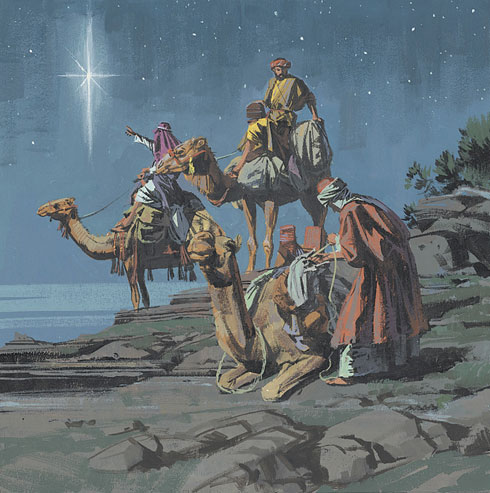

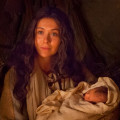


Beautifully written, well documented, and gives us much to ponder as we try to visualize this sacred pilgrimage of Mary and Joseph to Bethlehem, and the wise men later on.